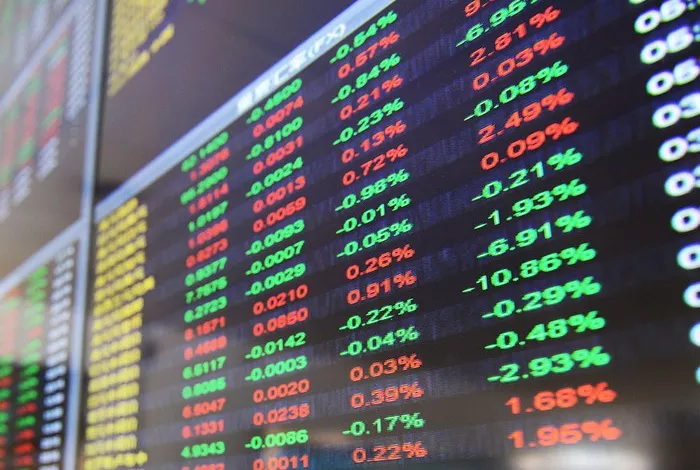The S&P 500 futures market is a popular trading venue that allows investors to speculate on the future direction of the S&P 500 index. In this article, we will explore what S&P 500 futures are, how they work, and why they are important.
Understanding S&P 500 Futures
-
What is the S&P 500?
The S&P 500 is a stock market index that tracks the performance of 500 of the largest publicly traded companies in the United States. The index is widely regarded as a benchmark for the US stock market and is used by investors and analysts to assess the overall health of the US economy.
-
What are S&P 500 Futures?
S&P 500 futures are contracts that allow investors to buy or sell the S&P 500 index at a future date and price. Each futures contract represents a specified amount of the index, and the price of the contract reflects the current market value of the underlying index.
How S&P 500 Futures Work
-
Futures Contract Specifications
S&P 500 futures contracts are standardized agreements that specify the terms of the contract, including the expiration date, the size of the contract, and the price of the contract. For example, a typical S&P 500 futures contract may have a size of $250 times the value of the S&P 500 index and an expiration date of the third Friday of the contract month.
-
Buying and Selling S&P 500 Futures
Investors can buy or sell S&P 500 futures contracts through a futures broker, who acts as an intermediary between the buyer and seller. When an investor buys an S&P 500 futures contract, they are agreeing to buy the index at a specified price at a future date. If the index increases in value, the investor will make a profit, and if the index decreases in value, the investor will experience a loss.
Conversely, when an investor sells an S&P 500 futures contract, they are agreeing to sell the index at a specified price at a future date. If the index decreases in value, the investor will make a profit, and if the index increases in value, the investor will experience a loss.
-
Margin Requirements
To trade S&P 500 futures, investors are required to post an initial margin, which is a percentage of the contract value, as collateral. The margin requirement is set by the futures exchange and is designed to ensure that traders have sufficient funds to cover potential losses.
Why S&P 500 Futures are Important
-
Hedging
S&P 500 futures can be used as a hedging tool to manage risk in a portfolio. For example, if an investor has a portfolio of stocks that are similar to those included in the S&P 500 index, they can use S&P 500 futures to hedge against a decline in the value of their portfolio.
-
Speculation
S&P 500 futures are also used by investors to speculate on the future direction of the index. If an investor believes that the index will increase in value, they can buy S&P 500 futures contracts, and if they believe that the index will decrease in value, they can sell S&P 500 futures contracts.
-
Liquidity
S&P 500 futures are one of the most liquid futures markets in the world, with high trading volumes and tight bid-ask spreads. This makes it easy for investors to enter and exit positions and ensures that the market reflects the true value of the underlying index.
Risks of S&P 500 Futures Trading
Like any investment, S&P 500 futures trading involves certain risks, including:
-
Price Fluctuations
S&P 500 futures are subject to price fluctuations, which means that investors may experience losses if the value of the underlying index moves against their position.
-
Leverage
S&P 500 futures trading involves leverage, which means that investors can control a larger position than their initial margin deposit. While leverage can amplify potential gains, it can also increase potential losses.
-
Counterparty Risk
S&P 500 futures are traded through futures brokers, which introduces counterparty risk. If the futures broker becomes insolvent, the investor may not receive their margin deposit or may not be able to close their position.
Conclusion
In summary, S&P 500 futures are contracts that allow investors to buy or sell the S&P 500 index at a future date and price. They are used by investors for hedging and speculation, and are one of the most liquid futures markets in the world. While S&P 500 futures trading offers potential benefits, investors should be aware of the risks involved and should carefully consider their investment objectives and risk tolerance before trading futures.


